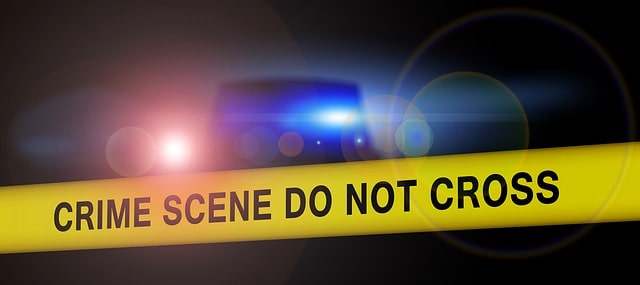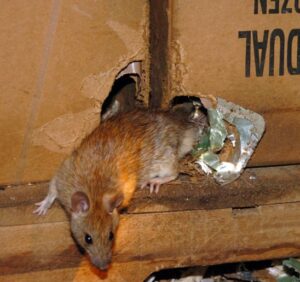Crime shows seem to hold great fascination for the American public, and you may be one of their avid viewers. Take your choice – dramas like NCIS or CSI, or law enforcement shows that record action as it happens. They get very detailed, and you may even learn quite a bit about criminal pursuit and investigations. But there’s one thing none of those programs shows: the cleanup and repair that’s required afterward.

Have you ever wondered who comes in and cleans up things afterward? Who fixes those doors that get kicked in by the SWAT teams? Who replaces the broken windows or repairs the walls with the bullet holes? Or worse – who handles all the cleanup when there’s been a violent crime involving a death?
Generally, it’s biohazard cleanup and remediation companies like ours. Crime scene cleanup and damage restoration is just one of our services.
Once a crime scene investigation has been completed by law enforcement officials, including removal of any bodies and evidence, we get to work. Coroners, medical examiners or families may call us for assistance if there are biohazards present such as blood or other bodily fluids, or if potentially contaminated drug paraphernalia like hypodermic needles have been found. There may be bone or tissue fragments that have been left behind.
Our first task is to assess the area and determine what action we need to take. Often it includes removal, containment, and proper disposal of any hazardous materials. Items may be things like contaminated textiles such as clothing or furnishings.
Then the next step is to clean up and properly sanitize the affected area. The extent of that cleanup varies, depending on what is involved. If blood or other bodily fluids is spilled on carpeting, we usually have to tear out and dispose of the carpet and underlying materials such as the pad. The subfloor often has to be chemically treated or replaced. And then we will use special lights to ensure we haven’t missed anything. (Those lights will show blood and other fluids such as urine, even if it’s not visible to the naked eye.) The inspection with those lights is critical, because we don’t want to leave anything behind that could become a breeding ground for dangerous bacteria.
Finally, if there is property damage, we work with the property owner to handle damage repair and restore the property to its pre-crime state.
So, as Paul Harvey used to say, “Now you know the rest of the story.” Those crime shows may not let you see what goes on afterward, but professional crime scene cleanup is a very important part of putting things back together. If your property in the Pacific Northwest has been affected by a crime – violent or not – where damage occurred, please contact us, day or night. Most likely your homeowner’s or property insurance will cover the cost. We will work with your insurance carrier to get your property back in order, and if you have a deductible, we will work with you on covering it. Having a crime occur in your home or other property is traumatic enough; let us take the burden of cleanup and restoration for you.
Get in touch with us via phone: (877) 916-2380; or use our online Contact Form, and one of our crime scene cleanup experts will get back to you.

 People are wise to be considered about the dangers posed by rodent infestation. In cold weather it’s especially important to be aware of the threats, because as the temps drop, these critters look for a warm and dry place, and they are notorious for being able to squeeze into very small areas. A crack in a siding or a small pipe might be all they need to gain entrance to your home or office building. The stereotypical ‘squirrels in the attic’ is so well known because it happens often.
People are wise to be considered about the dangers posed by rodent infestation. In cold weather it’s especially important to be aware of the threats, because as the temps drop, these critters look for a warm and dry place, and they are notorious for being able to squeeze into very small areas. A crack in a siding or a small pipe might be all they need to gain entrance to your home or office building. The stereotypical ‘squirrels in the attic’ is so well known because it happens often. As much of the Pacific Northwest is being hit with ice, snow, and temps down into the teens in many areas, many people wonder if biohazards like bacteria and germs are still a threat. After all, doesn’t the below-freezing temperature kill those germs?
As much of the Pacific Northwest is being hit with ice, snow, and temps down into the teens in many areas, many people wonder if biohazards like bacteria and germs are still a threat. After all, doesn’t the below-freezing temperature kill those germs?

